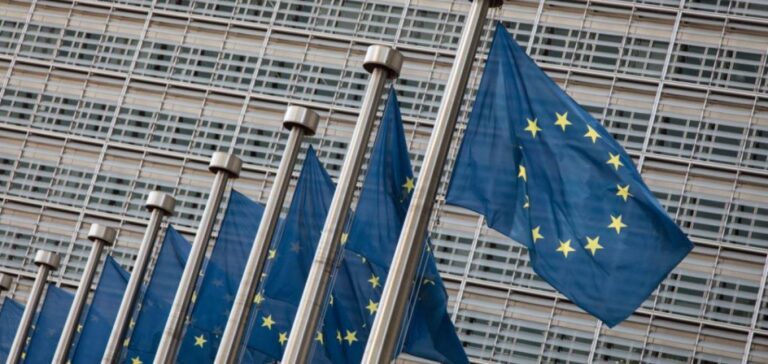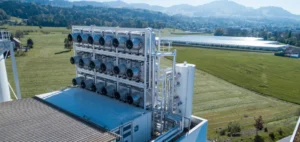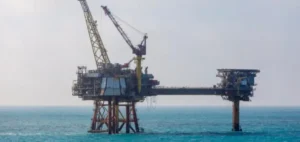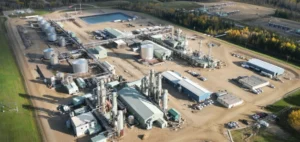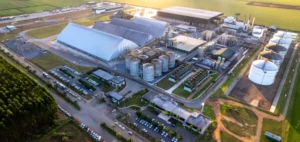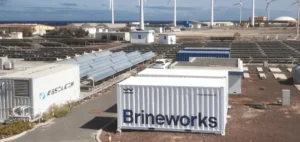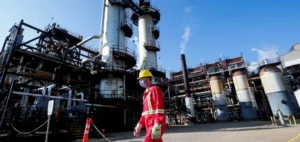Over the past week, several observations have highlighted a decrease in the cost of allowances within the European Union Emissions Trading System (ETS). Traders have reported a dip below the 80-euro mark, compared to peaks nearing 90 euros at the end of the previous month. Some believe this development stems from a slowed industrial climate in various countries, where demand for raw materials is progressing more modestly. Others see it as the result of an already substantial stock of allowances held by certain operators, who prefer to wait before renewing their certificates.
Economic pressures and signs of easing
According to several specialized analysts, the latest trends reflect growing caution among companies exposed to fluctuating operational costs. Economic outlooks, still uncertain, affect the planning of allowance purchases, notably in the steel production sector. In some instances, energy consumption forecasts have been revised downward due to milder weather. Nevertheless, the focus on the ETS remains significant, as the European Commission continues to reduce gradually the number of allowances auctioned.
Various firms suggest monitoring changes in imports and exports within heavy industries to gauge a potential rebound in allowance demand. Multiple observers note that volatility could intensify if manufacturing conditions shift quickly in sectors such as chemicals, automotive, and cement. Institutional investors emphasize the importance of scheduled investment plans, which may stimulate activity and increase demand for allowances. The adaptation of procurement strategies also relies on forecasts regarding carbon taxes on imported products.
Outlook for recovery and factors to watch
Certain operators believe that the progressive extension of the ETS to specific fields, including maritime transport, could boost demand for credits. Discussions surrounding the Carbon Border Adjustment Mechanism (CBAM) are also raising positive expectations among some stakeholders. Signs of an industrial recovery in multiple regions point to a possible renewed interest in allowances, even though the situation remains volatile. The approach adopted by numerous facilities will largely depend on balancing costs, competitiveness, and forthcoming regulatory measures.
The most recent reports indicate increased scrutiny of supply chains, as any shift in the availability or cost of fossil resources can influence the distribution of the energy mix. In steelmaking or materials production, adjustments within manufacturing processes may temporarily reduce allowance consumption, reinforcing the observed decline. Moreover, several investment banks suggest that manufacturers incorporate current fluctuations into their risk models to anticipate potential future increases. The coming months could therefore present new opportunities, depending on overall energy demand and the coverage strategies chosen by businesses.


